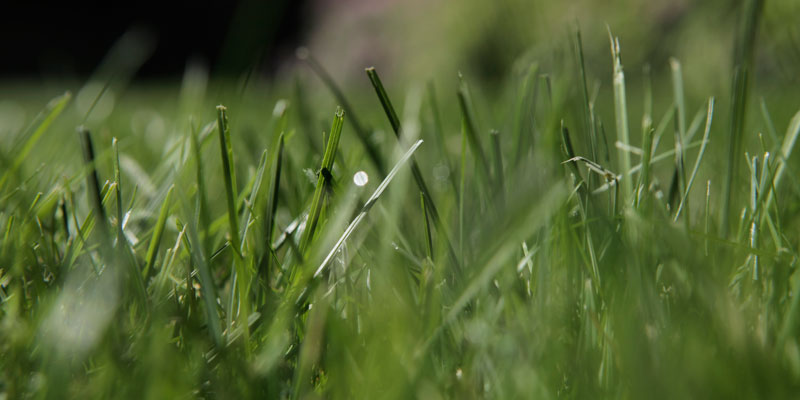
Grass Seed
How to apply grass seed:
First, rake the soil with a metal tine rake to remove any dead grass, thatch, or residue build-up. If you have a large area to rake, then a thatching machine can be rented from a tool rental center. It is very important to create grooves in the soil because these slits allow the grass seed to properly lodge and take root. This is known as ‘seed-to-soil contact’, which helps maximize seed germination.
Second, apply the grass seed with a spreader. Use the settings on the back of the bags for ALL products – grass seed, lawn foods, or soil conditioners – to secure the proper rate. If your spreader is not listed on the bag, then simply visit the Jonathan Green website, click on the “Spreader Settings” icon, locate your spreader, and use the rate listed for it. Lightly rake the seed to tumble it into the top 1/4 inch of soil for good ‘seed-to-soil contact’.
Third, apply the seeding lawn food (Green-Up for Seeding & Sodding).
Fourth, if your soil needs a pH adjustment, then apply Mag-I-Cal.
Fifth, if your soil is hard and not crumbly, then apply Love Your Soil.
Last, keep the seed bed moist. The seed bed should be wet for a few weeks while the grass seed is germinating. Light waterings, 2 to 3 times per day (early morning, early afternoon, late afternoon), are beneficial while the newly sown seed is establishing. Within a few weeks, after the newly formed grass has been mowed a few times, you can decrease the watering schedule. NEVER water it at night. Excessive moisture on established grass leaves can lead to fungal problems down the road.







